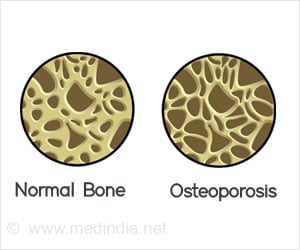The government has set new standards for measuring blood pressure in children based on age, weight, height and sex. According to the latest standards
The government has set new standards for measuring blood pressure in children based on age, weight, height and sex. According to the latest standards children as young as age 3 should receive regular blood pressure checks.
Kids who fall in the 95th percentile for blood pressure are diagnosed with high blood pressure. Kids who fall between the 90th percentile and 95th percentiles are said to have pre-hypertension -- a relatively new classification aimed at treating borderline high blood pressure before it becomes a full-fledged problem. Adolescents are diagnosed like adults -- problems start when blood pressure reaches 120/80 millimeters of mercury.In all cases, the guidelines recommend lifestyle modifications, such as losing weight, improving diet, and increasing physical activity, to get blood pressure back to normal. In serious cases, drug therapy is warranted. Some children may also need to be tested for an enlargement of the main pumping chamber of the heart, a key sign high blood pressure is doing damage to the body.
Researchers say the long-term health risks for hypertensive children and adolescents can be substantial, hence it is very important that clinical measures be taken to reduce risks and to optimize positive health outcomes.











